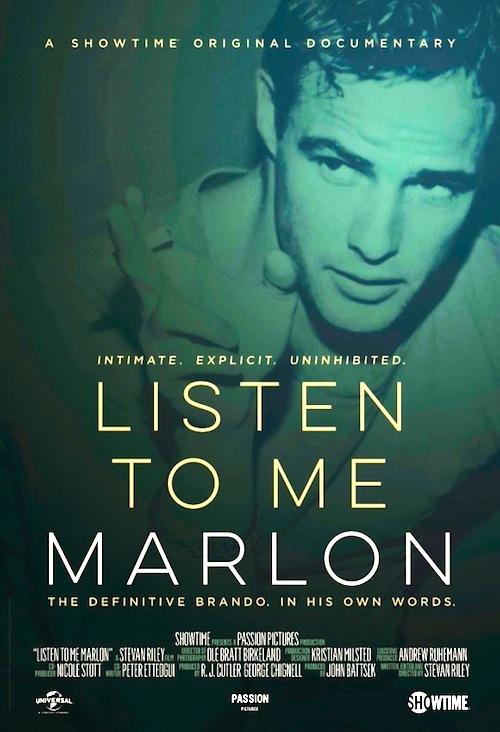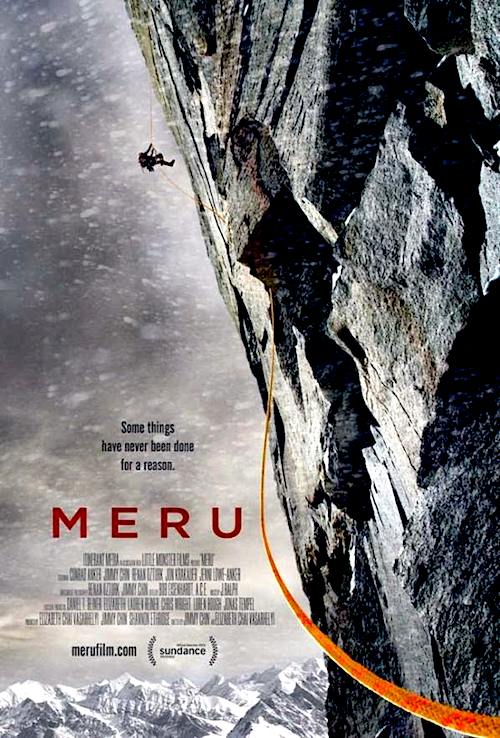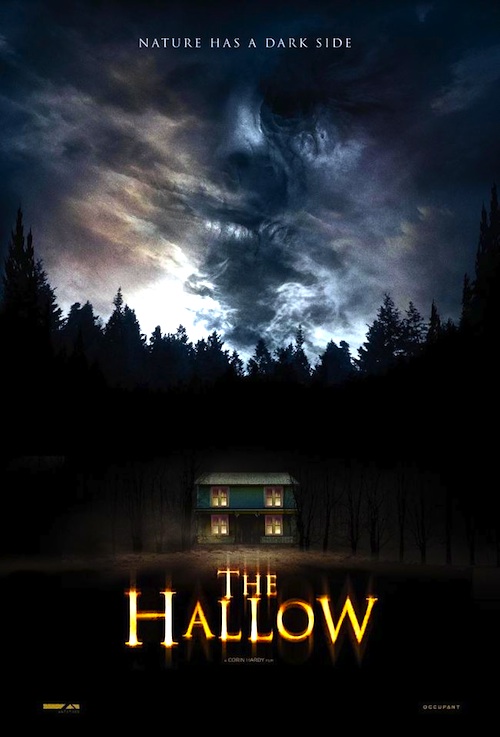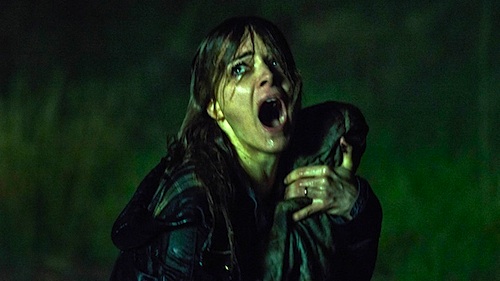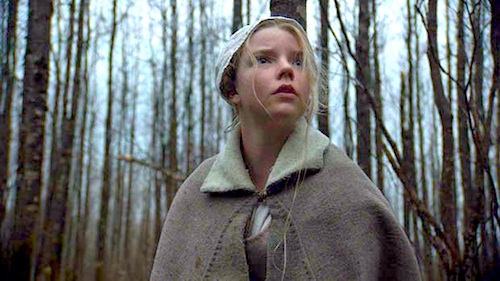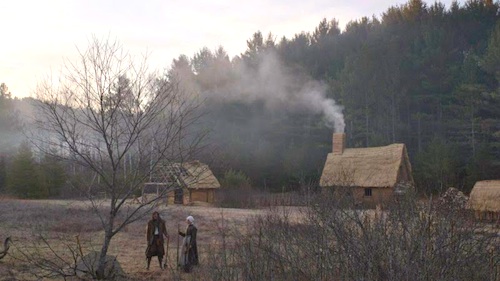By Joe Bendel. One of the nice things about Manhattan walk-ups is trick-or-treaters never knock on your door. Instead, it is the local businesses that have to deal with them. Sure, you might think you would miss the little dears until you see Bruce McDonald’s Hellions, which screened during the 2015 Sundance Film Festival.
Dora Vogel just got the super exciting news that she is pregnant—on Halloween. Seriously bummed out, she mopes around the house waiting for her boyfriend to pick her up, so she can spring the good news on him. However, he is running suspiciously late. With her mother and obnoxious younger brother out trick-or-treating, Vogel is stuck dealing with the persistent little buggers who keep coming to the door. They just aren’t satisfied with the dregs of her candy. When they show Vogel the head of her baby-daddy in their trick-or-treat bag, she realizes these little monster are as evil as they seem.
 Of course, any horror fan knows the demonic trick-or-treaters really want the baby growing at a supernatural rate within Vogel. It turns out carrying a Halloween baby is a dangerous proposition in this paganistic neck of the woods. The creatures seem to be able to summon all kinds of elemental and inter-dimensional forces to help terrify Vogel. Somehow, the previously calm and rational Dr. Henry and Corman the local copper manage to reach Vogel, but they are essentially ineffectual dead meat. At least Corman brings guns, but they won’t be enough to stop the maniacal moppets. Only salt seems to do the trick.
Of course, any horror fan knows the demonic trick-or-treaters really want the baby growing at a supernatural rate within Vogel. It turns out carrying a Halloween baby is a dangerous proposition in this paganistic neck of the woods. The creatures seem to be able to summon all kinds of elemental and inter-dimensional forces to help terrify Vogel. Somehow, the previously calm and rational Dr. Henry and Corman the local copper manage to reach Vogel, but they are essentially ineffectual dead meat. At least Corman brings guns, but they won’t be enough to stop the maniacal moppets. Only salt seems to do the trick.
McDonald certainly sets the creepy scene in Hellions, but compared to his cult classic Pontypool (arguably the best zombie film since the original Night of the Living Dead), it feels rather conventional. Granted, he opens it up rather well, turning the Vogel house into a surreal nightmarescape. Still, the film always fundamentally boils down to Vogel getting chased by kids wearing burlap sacks.
Robert Patrick (T2, The X-Files) is still pretty awesome, delivering instant genre credibility as Corman. Rossif Sutherland also helps flesh out the good doctor, beyond being mere meat for the grinder. Unfortunately, Chloe Rose is a bit of a dull scream queen.
McDonald and cinematographer Norayr Kasper give the film an eerie, otherworldly look. Arguably, the implications of the film also support gun-ownership rights, because you never know when your home will be overrun by hellions. It gets the job done, but Pontypool admirers will be disappointed it isn’t more ambitious. Recommended for mostly fans of Patrick and evil children horror movies, Hellions is sure to make the genre festival rounds after premiering as a Park City at Midnight selection of this year’s Sundance Film Festival.
LFM GRADE: C+
Posted on February 2nd, 2015 at 11:53am.
